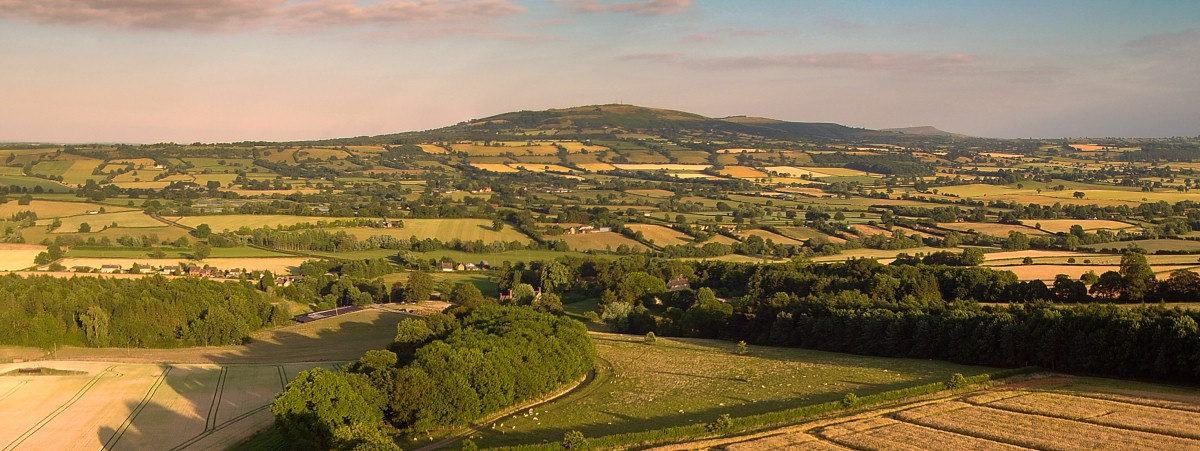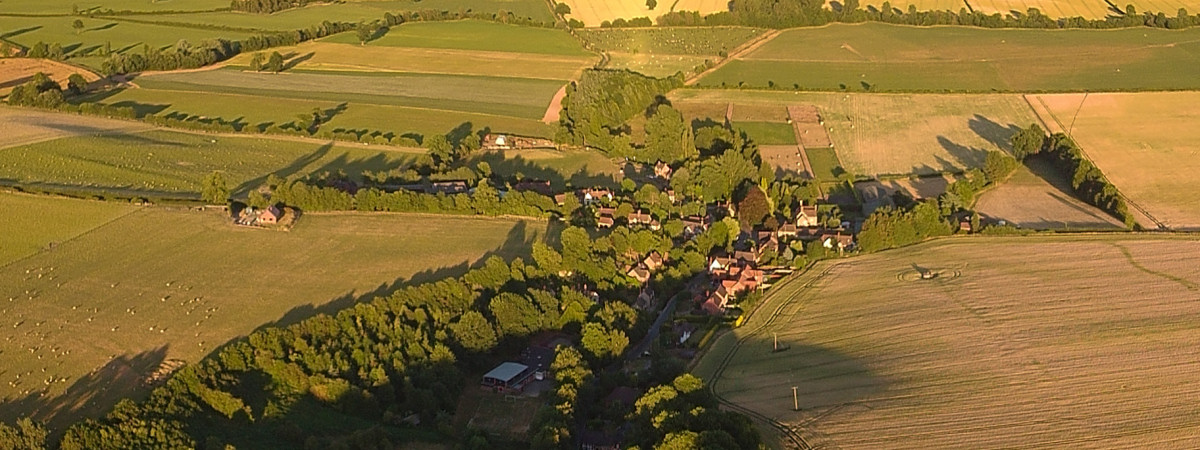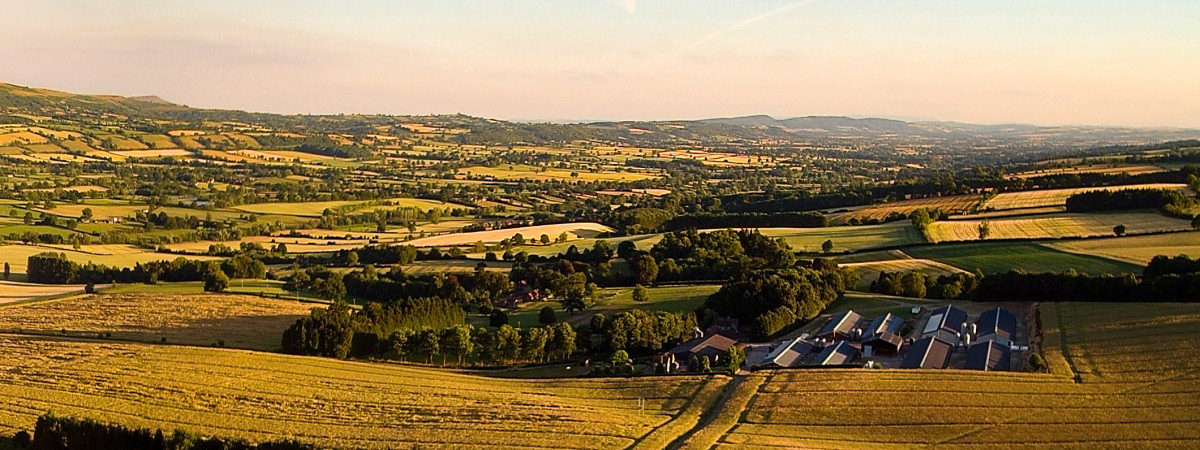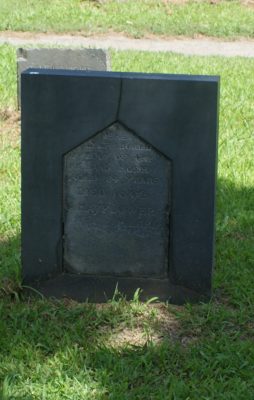A gravestone in the Charter Street Cemetery, Salem, Massachusetts declares:
“Here lyeth buried Ye body of CapT Richard More aged 84 years
Died 1692 A Mayflower Pilgrim.”
Richard is the only known Mayflower passenger to have a marked grave and his story is particularly interesting. To uncover the details we need to go to 20th century Shropshire, England, where Sir Jasper More of Linley, acting on a suggestion of his friend, Anthony Wagner of the College of Heralds, searched his attic for documents about his ancestor, Samuel More. What he discovered explained an episode in the More family history which had long been forgotten. It also explained to Mayflower historians that the four More children on board were not waifs picked up in London, as had previously been thought. Nor was Richard More a Pilgrim: he was a six-year-old child!
Samuel More had married his cousin Katharine in 1611. This marriage had been arranged by the two fathers to consolidate the two estates: Larden in Shipton (about 960 acres) and Linley, near Norbury (about 3000 acres). Whether Katharine and Samuel had any say in the matter is open to question. Samuel of Linley was only 17; Katharine of Larden was 24. It seems an unlikely match but Katharine’s father was keen to settle her with her cousin as he had no sons to inherit Larden: all three had died, the last in a misguided duel over a lover. The marriage contract provided for the two estates to be combined, for Samuel’s father, Richard, to become master of Larden, for Richard to pay Katharine’s father, Jasper, £600 (about £60,000 today), for Jasper and his wife and Samuel and Katharine to live at Larden and, most significantly, for the combined estates to pass to the “heirs of their bodies” of Samuel and Katharine.
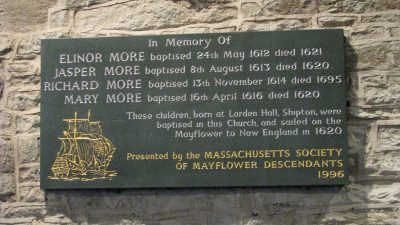
The plaque in Shipton Parish Church, in memory of the
four young children banished on the Mayflower in 1620
Later, when she was accused of adultery, Katharine declared a pre-contract (betrothal) with a local yeoman farmer, Jacob Blakeway, but she had no witnesses. The declaration of the marriage contract was then deemed to be an admission of the adultery which Katharine did not deny. Samuel had reached the conclusion by the time that Katharine’s fourth child was born (Mary in 1616), that none of her children were his. He thought they looked too much like Jacob Blakeway. Samuel spent most of his time in London as secretary to Edward Zouche, Lord President of the Council of Wales, amongst his several important posts. Jacob was one of Katharine’s father’s tenant farmers.
In April 1616, Samuel arranged a separation from his wife. Katharine may have moved to stay with relatives in London. The children were sent to live with tenants of his father, near Linley. Katharine sued for an annulment of the marriage because of her pre-contract but, there being no witnesses, she lost the case. Samuel responded with a charge of adultery against Jacob Blakeway. Jacob lost the case and fled in the face of large fines. No more is heard of him. Samuel sued again, this time against Katharine for a judicial separation which gave him control of the children. Katharine’s appeal failed.
The next steps in this sad story take us back to the Mayflower. Lord Zouche, Samuel’s employer, was a member of the Virginia Company which had been transporting children from London to meet the need for labour in America. Meanwhile, a small band of Puritans (much later to be known as the Pilgrim Fathers), hoped to emigrate to America to gain greater freedom for their religion. A deal was struck: free land for the Puritans in America, £10 share per person to pay for the voyage, unaccompanied children to be looked after by the adults. Samuel paid £80 for double shares for the four children and they were allocated guardians. Ellen (8) was placed with Edward Winslow; Jasper (7) with John Carver; Richard (5) and Mary (4) with William Brewster.
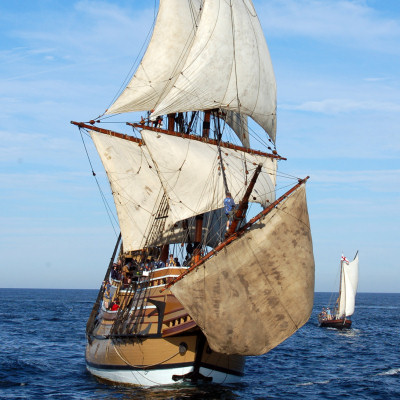 The Mayflower possibly looked like this but there are no contemporary illustrations.
The Mayflower possibly looked like this but there are no contemporary illustrations.
The Mayflower sailed from London to join the Speedwell at Southampton and then went on, via Dartmouth, to Plymouth. The Speedwell was found to be unseaworthy and on 16 September 1620, the overcrowded Mayflower set sail with over 100 passengers and 30 crew members. They reached Cape Cod on 11 November and found what was to become New Plymouth on 16 December. Severe illnesses caused the loss of nearly half of the passengers. Of the More children, only Richard survived. Jasper and Ellen died on board; Mary died soon after landing.

